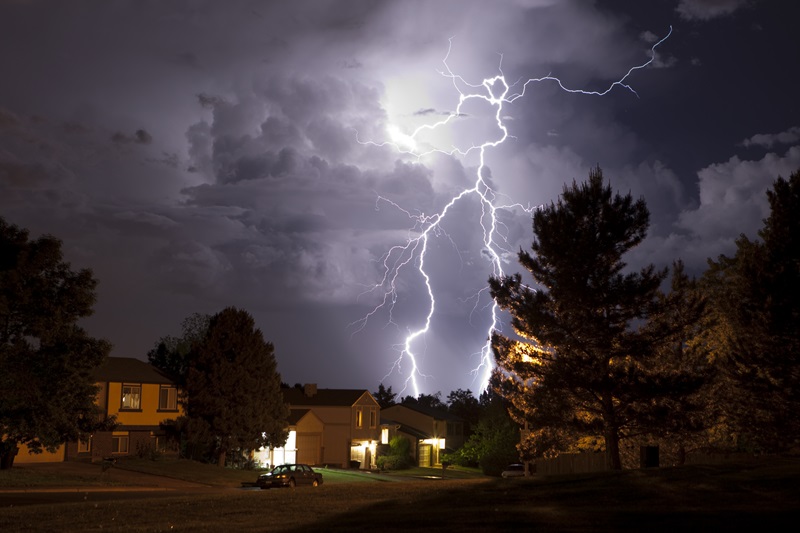It’s not just the storms driving ballooning NatCat insured losses

Increased urbanization and inflation, combined with more frequent and severe storms, are expected to drive the global modelled insured average annual loss (AAL) from natural catastrophes (NatCats) to $151 billion in 2024, Verisk reports.
When you strip out the crop losses, the total is $119 billion, a 12% increase over the previous five-year average.
“In the past five years, the actual annual insured losses from natural catastrophes averaged $106 billion, compared with less than $83 billion in the preceding five-year period,” Verisk says in its 2024 Global Modeled Catastrophe Losses report.
More frequent secondary perils such as thunderstorms, floods, and wildfires are starting to eat into global P&C insurers’ earnings, the report observes.
“Although the largest single [NatCat] event is anticipated from a hurricane or an earthquake, severe convective storms, extratropical storms, wildfires and floods are a significant part of the risk, accounting for a little more than half of the $119 billion modeled (non-crop) AAL” in 2024, the report states.
And out of the global insured AAL of $133 billion in 2023, no single event from any peril last year exceeded $10 billion in insured losses.
More severe weather is just one part of the equation, Verisk says.
Also in the news: What has, and hasn’t, impacted brokerage M&A trends
The rise of urbanization worldwide also contributes to global insurers’ increased exposure.
“Today, more than half of the world’s population lives in urban areas,” the report states. “Across the globe, nearly 58% of cities with a population of at least 300,000 are highly exposed to one or more natural hazards. The impact of urbanization and population growth on exposure levels varies by country.”
For example, in England, one in 13 new homes (8%) built in the past decade is in a flood zone, Verisk says.
Inflation is also increasing insurers’ exposure to more severe claims costs.
Verisk’s report notes that residential reconstruction costs in the United States have grown by 7.4% per year over the past five years. “As inflation has slowed, reconstruction costs increased 3.8% in the past year (January 2023 to January 2024).
“It is important to note that even a 3.8% increase in exposure value from construction cost inflation alone would result in nearly a 45% increase in losses over a 10-year period.”
In Canada, year over year, “construction costs for residential buildings rose 5.2% in the first quarter of 2024 in the 11-census metropolitan area (CMA) composite, while non-residential building construction costs saw a slightly more modest increase of 4.6%,” Statistics Canada reports.
(The 11-census metropolitan area composite comprises St. John’s, Halifax, Moncton, Montreal, Ottawa, Toronto, Winnipeg, Saskatoon, Calgary, Edmonton, and Vancouver.)
“Skilled labour shortages and the resulting increases in labour rates, availability of materials, interest rate pressure, and building codes updates were all reported as key factors impacting the construction sector.”
Feature image courtesy of iStock.com/milehightraveler







